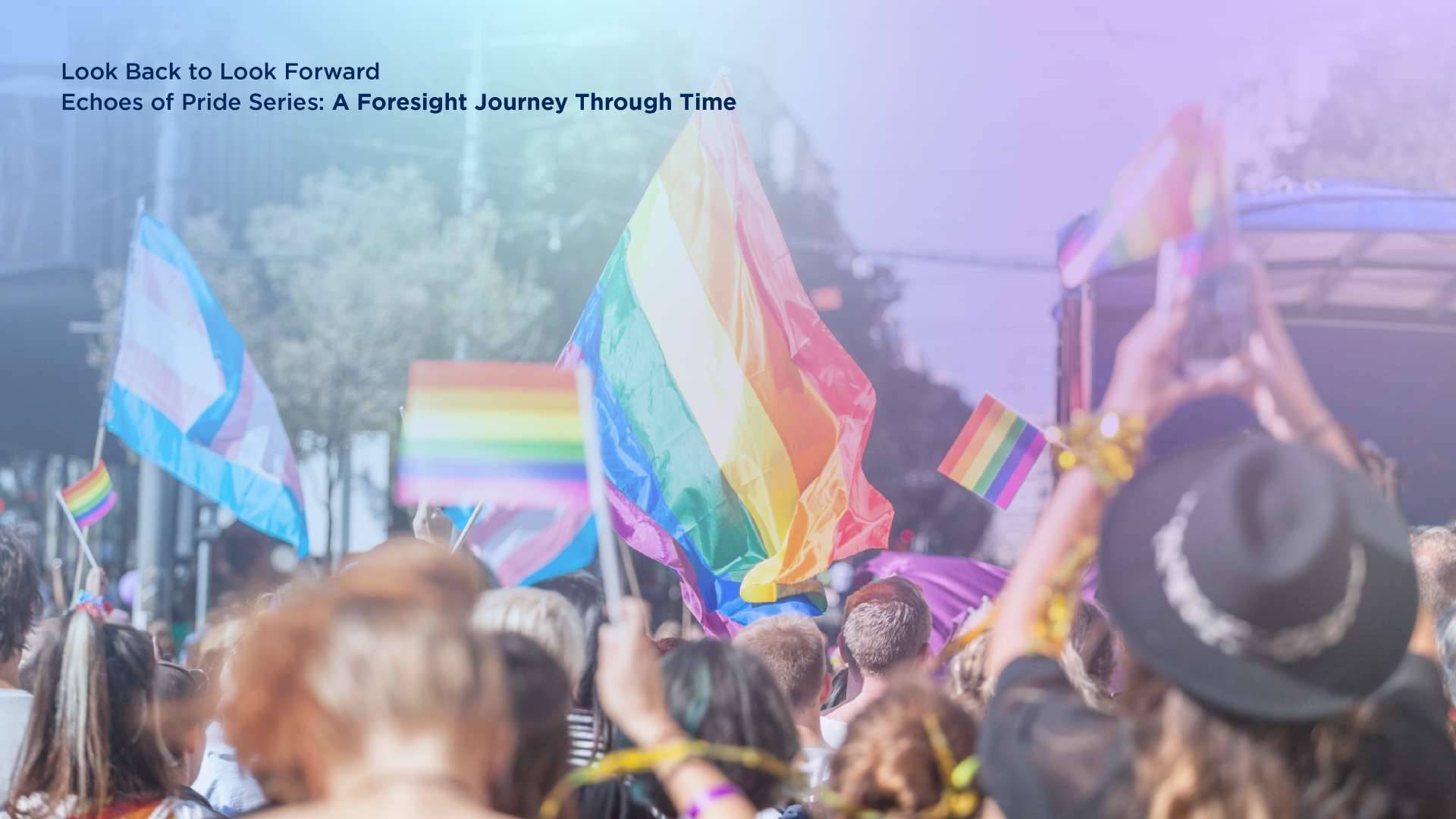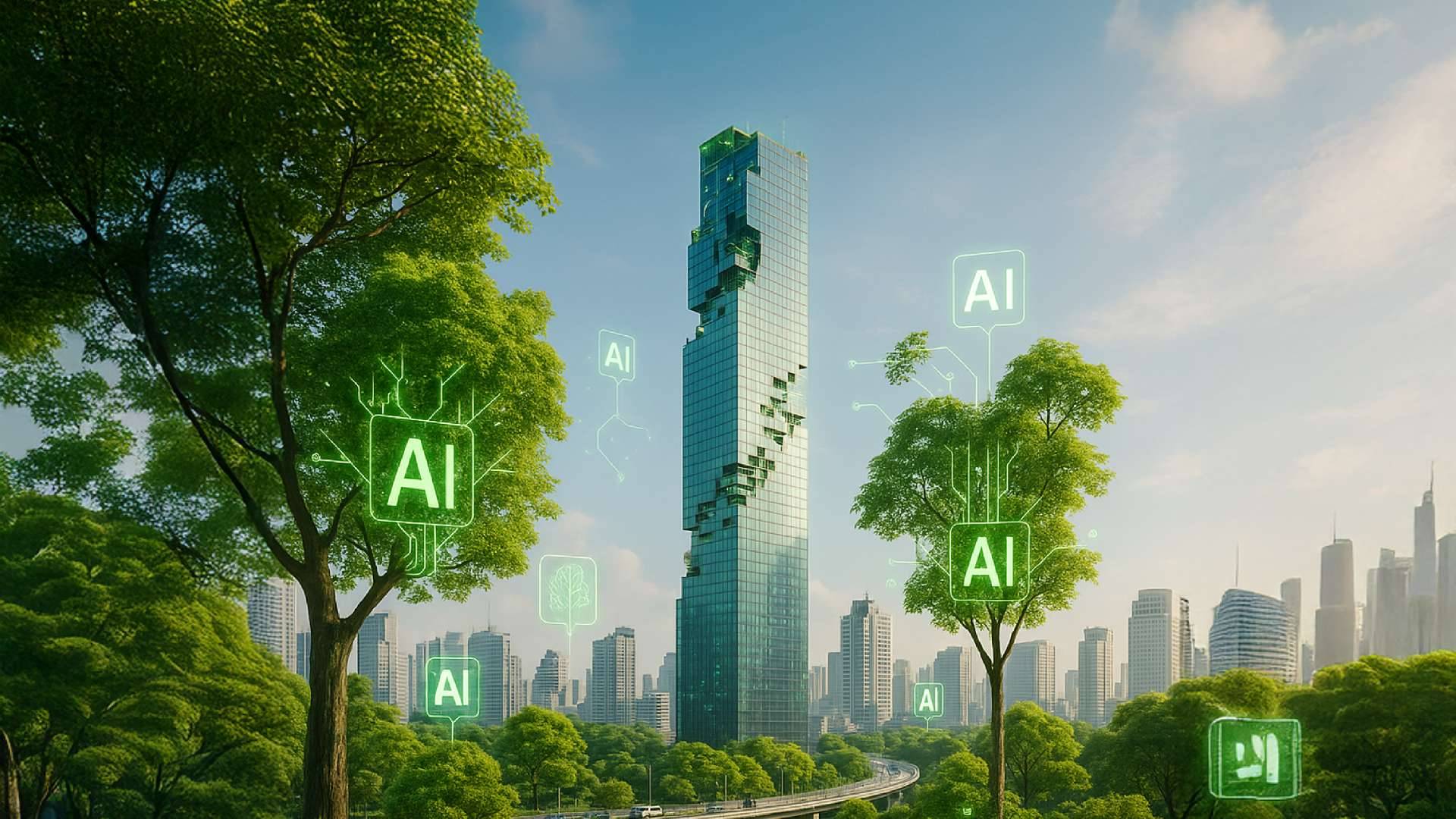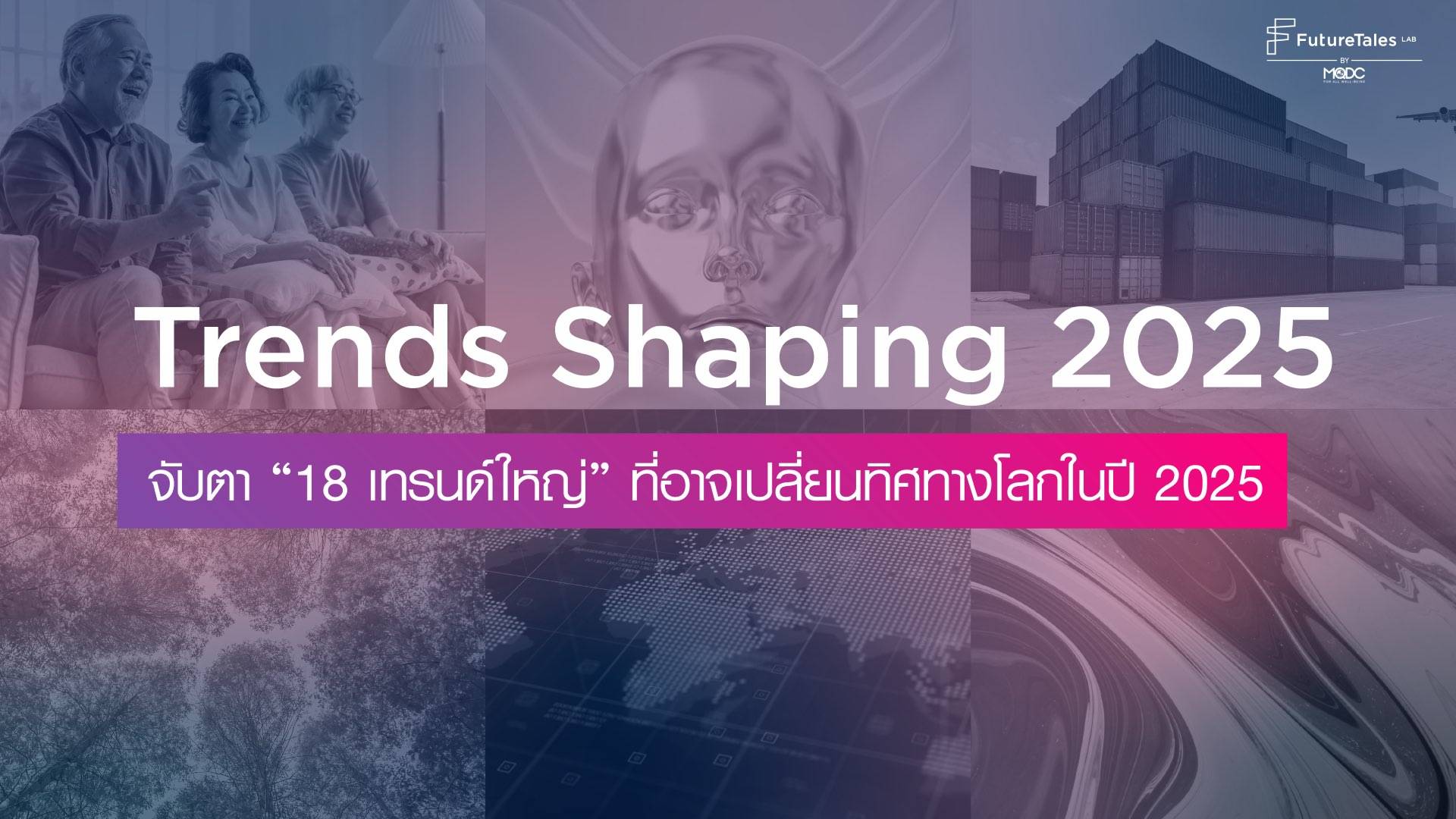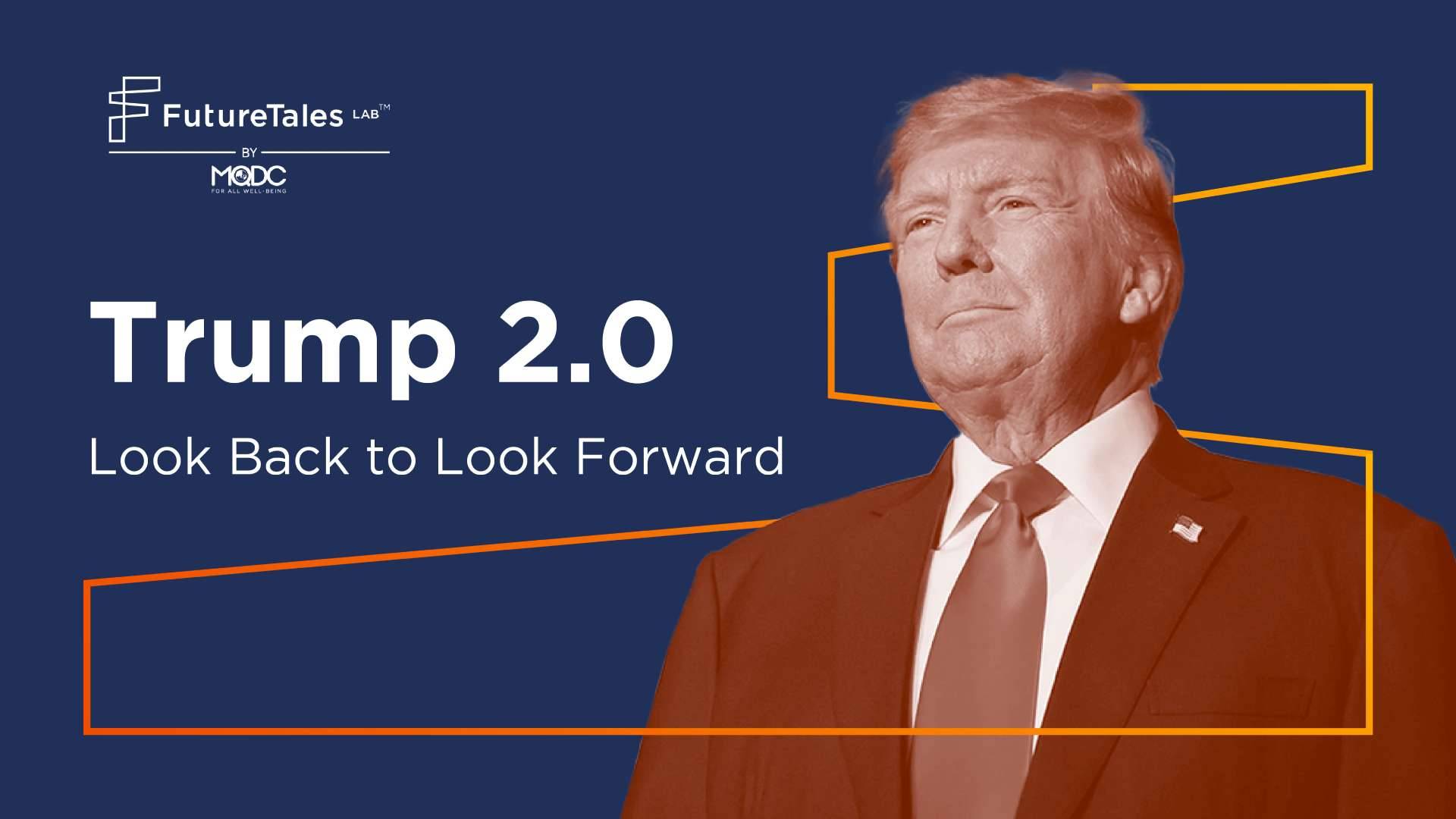
Playground for All
ARTICLES | Jan 11, 2022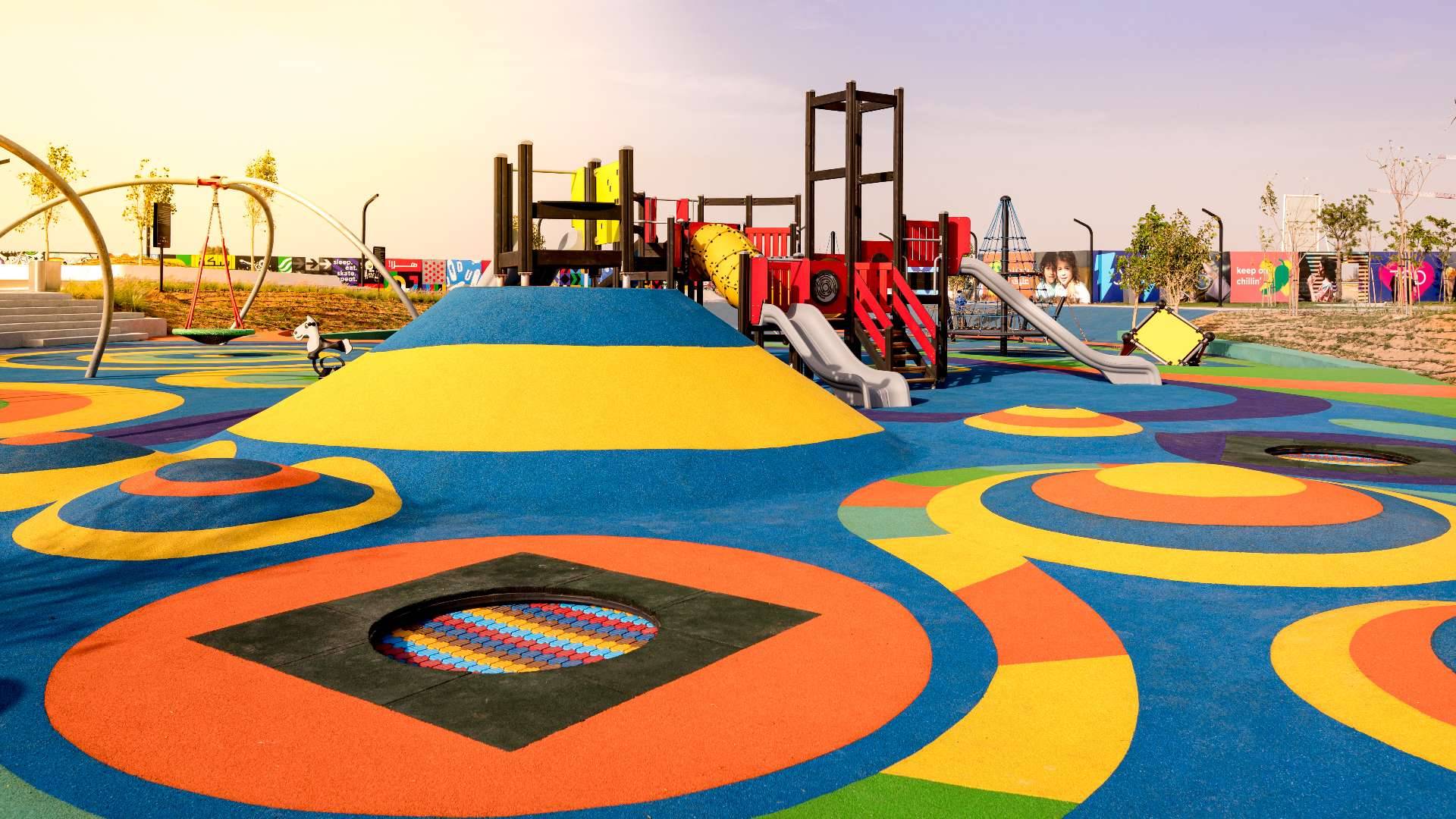
A playground should create joy and fun for all children. But some kids often cannot play in them because they aren’t designed for children with disabilities.
Creating a playground for everyone is a huge revolution. The first interesting case study is in Portland, Oregon, where G Cody QJ Goldberg was inspired to design a playground for everyone. He took his daughter Harper to the playground for the first time in 2009 but found it couldn’t accommodate his 4-year-old daughter's wheelchair. Harper's Playground, a non-profit organization, is dedicated to opening playgrounds for kids with disabilities. After a year of fundraising, they opened their first park in November 2010. Eleven years later, their idea is to make playgrounds across the United States more fun and accessible to all. The playgrounds have everything from musical instruments to play equipment that people with disabilities can use. Green areas, walkways, and ramps are wide enough for wheelchairs and there is an area for skateboarders.
At Kade in Herculaneum, Missouri, a playground is designed for able-bodied and children with disabilities to play together. There’s a ramp for wheelchairs, a swing that anyone can play on, soft surfaces in attractive colors, and musical instruments that promote development.
Society will become more inclusive and equal. People of all groups and ages will be able to achieve better health. Future playgrounds mightn’t have advanced technology but will be designed for everyone and will no longer exclude people.
Implications for the future
- All groups of people including people with disabilities will improve their physical and mental health in playgrounds accessible to everyone.
- Society will ensure all spaces – not just playgrounds – can accommodate everyone.
- Urban designers can create useful spaces that boost the local economy.
Discover more about us at www.futuretaleslab.com or follow us at https://www.blockdit.com/pages/6184ec3b07f0660cad381cf9
